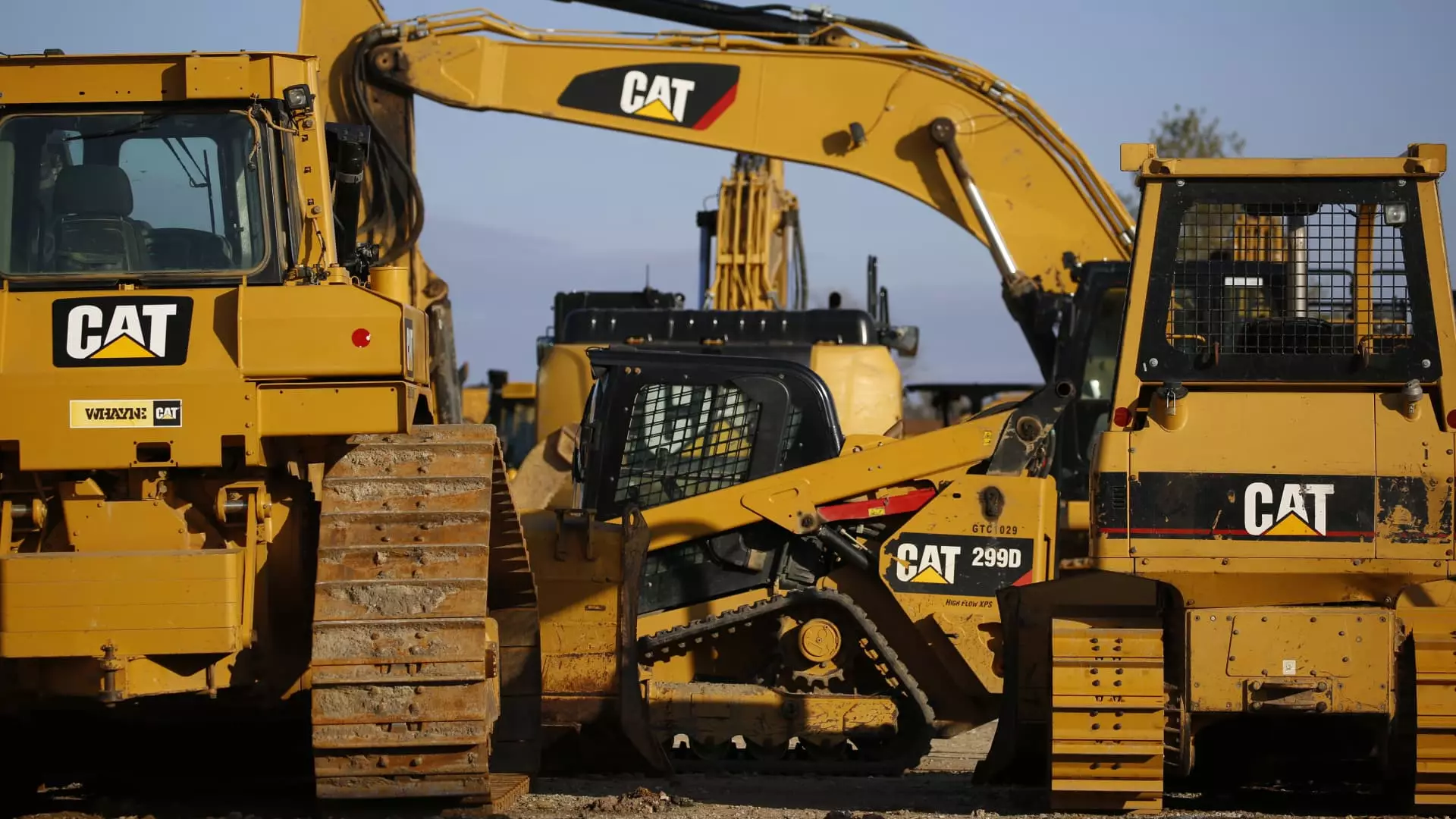The financial world often employs various technical indicators to gauge market movements and predict future trends. Recently, a notable pattern referred to as the “death cross” has emerged, creating alarm bells for investors and analysts alike. The phenomenon occurs when a stock’s 50-day moving average falls below its 200-day moving average, suggesting a potential downward trajectory in the stock’s performance. This article explores the implications of the death cross, the broader market context, and specific stock examples that illustrate this trend.
The emergence of the death cross pattern is particularly pronounced in the current economic landscape, which is fraught with uncertainty. Global trade tensions, geopolitical instability, and rising concerns over economic growth have combined to create a challenging environment for investors. Notably, the broader stock market is experiencing a losing streak, with many indices poised to conclude the week and the month in the red. After last year’s exuberant bull market—largely sparked by advancements in artificial intelligence—investors are now reassessing valuations and future growth prospects.
Recent economic reports have added to this uncertainty. Data indicating slowing economic growth and weakening consumer sentiment has raised eyebrows, fueling anxieties about the sustainability of corporate earnings. As a result, many market participants are turning to technical indicators, such as the death cross, to assess which stocks may be on the verge of declining further.
Identifying Potential Death Cross Stocks
In an effort to provide insights into which stocks may be approaching this ominous chart pattern, CNBC Pro conducted a screening based on specific criteria. Stocks that fit the bill featured a narrowing gap between their 50-day and 200-day moving averages, with the shorter average yet to dip below the longer one. Additionally, the two averages needed to be within 3% of each other, indicating potential volatility ahead.
Several notable companies emerged from this screening, each reflecting unique facets of this trend.
Spotlight on Caterpillar
Caterpillar Inc. is one example where the impending death cross signals potential trouble. As of last reported figures, its 50-day moving average lingered around $365, edging closer to its 200-day average of approximately $361. The stock has encountered substantial challenges, with shares falling about 7% recently primarily due to rising trade tensions. Despite a mixed fourth-quarter earnings report, UBS’s decision to upgrade Caterpillar to a neutral rating illustrates the balancing act investors must perform in assessing risk and reward in the current economic climate.
The Struggles of Las Vegas Sands
Another company facing scrutiny is Las Vegas Sands. With its 50-day moving average hovering just above its 200-day counterpart, the gaming and hospitality giant is experiencing significant downward pressure, losing 13% year-to-date. Recent data points, including a 2.8% decline in February, only add to the stock’s vulnerability as investors weigh macroeconomic risks against the company’s prospects.
Vulcan Materials, known for its construction aggregates, also appears at risk of forming a death cross, with its 50-day average nearing the 200-day average. Despite a robust materials sector this year, Vulcan’s stock has lagged, reflecting broader market sentiments. Likewise, Eaton has already confirmed a death cross, with shares shedding over 13% in 2025 as investors pivot away from the initially favorable narrative surrounding AI-related products.
Companies like Ross Stores and J.B. Hunt Transport Services are equally facing pressures as their moving averages align closely, raising questions about future performance. Ross, often seen as a reliable player during inflationary periods, has lost over 7% this year. Meanwhile, J.B. Hunt’s stock performance has mirrored its oscillating moving averages, intensifying investor concern.
The death cross pattern serves as a stark reminder of the volatility currently inherent in the markets. Investors must engage in careful analysis when interpreting these patterns, weighing individual stock performance against broader market trends. The interplay of economic indicators, geopolitical events, and sector-specific developments will continue to shape the trajectory of stocks in the coming months.
As we navigate through these tumultuous waters, the importance of informed decision-making cannot be overstated. By remaining vigilant and analyzing market signals, investors can better position themselves amidst uncertainty, whether that involves seeking opportunities in potentially undervalued stocks or exercising caution in a market marked by apprehension.

